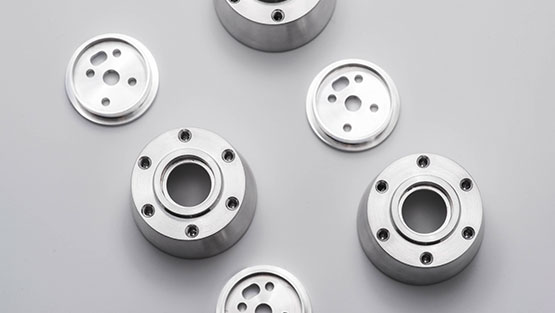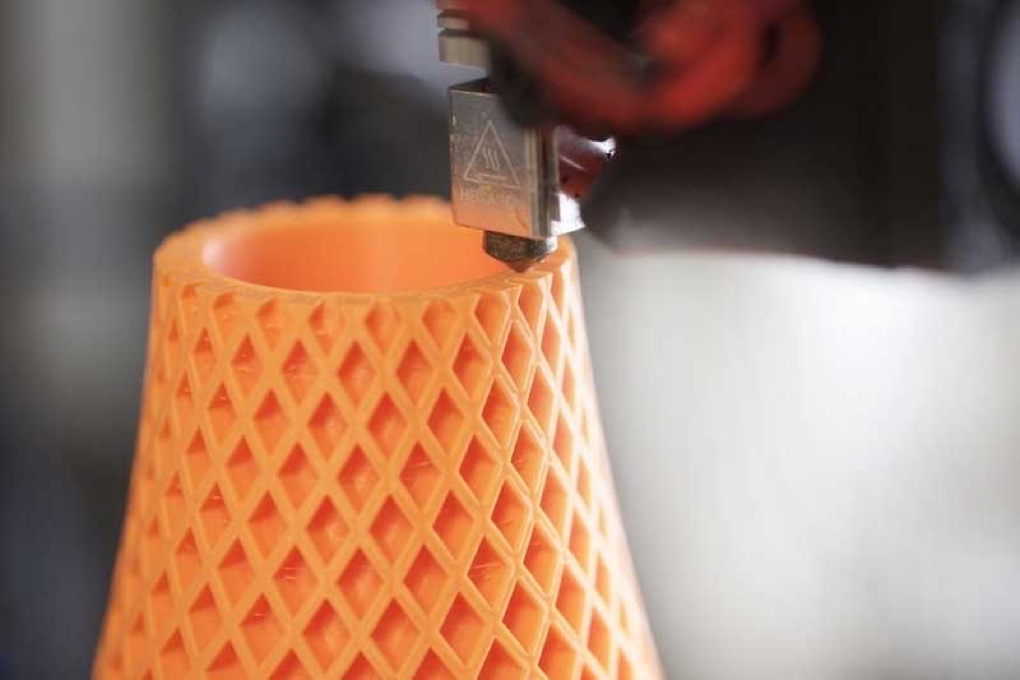In today’s fast-paced industrial environment, lead time plays a critical role in custom part manufacturing. Whether you’re developing prototypes, launching a new product, or scaling up production, understanding the timelines involved is essential for efficient project management and meeting market demands. But how long does it actually take to manufacture custom parts? The answer depends on several factors, including design complexity, material selection, manufacturing processes, and supplier capabilities. In this blog, we’ll break down the elements that impact lead time and how you can streamline the process.
Key Factors Influencing Lead Time
Part Complexity and Design Requirements
The more complex the part, the longer the lead time. Intricate designs often require specialized machinery, precision tooling, or multiple machining steps. Additionally, custom parts with tight tolerances or intricate geometries may involve extra time for programming and setup.
For instance, a simple aluminum bracket may be ready in a few days, while a complex aerospace component with multi-axis machining might take several weeks.
Material Availability
Material selection is another major determinant of lead time. Common materials such as aluminum, steel, and plastics are typically in stock at most manufacturers. However, specialized materials like titanium alloys, high-performance composites, or certain grades of stainless steel may require sourcing, adding days or even weeks to the timeline.
Manufacturing Process
Different manufacturing methods have varying lead times:
- CNC Machining: One of the fastest options for custom parts, with lead times ranging from a few days to a few weeks depending on the complexity.
- Injection Molding: Requires additional time for mold creation, which can extend lead time to several weeks. However, once the mold is ready, production is rapid.
- 3D Printing: Quick for prototyping and small production runs, often delivering parts within a few days.
- Die Casting or Forging: Similar to injection molding, these processes involve tooling preparation that can take weeks before production begins.
Post-Processing Requirements
Many custom parts require additional steps after the initial manufacturing, such as:
- Heat Treatment for improved mechanical properties.
- Surface Finishing like anodizing, plating, or painting for aesthetic or functional purposes.
- Quality Control and Testing to ensure parts meet specifications.
Each of these steps adds to the overall lead time, especially if outsourced to third-party providers.

Order Volume
Larger order volumes often require more time to complete. However, depending on the manufacturer’s capacity, economies of scale might allow for simultaneous production on multiple machines, potentially reducing lead time for high-volume orders.
Typical Lead Time Ranges for Custom Parts
While lead times vary widely, here are some general benchmarks:
- Rapid Prototyping: 3–7 days for CNC-machined or 3D-printed parts.
- Small-Batch Production: 1–3 weeks for CNC machining or injection-molded parts.
- High-Volume Production: 4–8 weeks or longer, depending on the process and part complexity.
Strategies to Reduce Lead Time
Reducing lead time is a top priority for many businesses. Here are some tips to help streamline the custom part manufacturing process:
Optimize Your Design
Simplify your part design wherever possible. Reducing unnecessary complexity can significantly shorten machining and setup time. Also, consult with your manufacturer during the design phase to ensure manufacturability and avoid delays.
Choose Readily Available Materials
Whenever feasible, select materials that are commonly stocked by your manufacturer. This can eliminate the waiting period for material sourcing.
Partner with a Local Manufacturer
Working with local suppliers can cut down on shipping and logistics time, particularly for rapid prototyping or short production runs.
Plan for Parallel Processing
If your custom part requires multiple steps, ask your manufacturer if they can process some steps in parallel. For instance, while one batch undergoes machining, another can proceed to post-processing.
Use Advanced Manufacturing Technologies
Technologies like high-speed CNC machining and additive manufacturing can dramatically reduce lead times for certain parts, especially prototypes or low-volume production.
Communicate Early and Clearly
Provide complete and accurate technical drawings, material specifications, and quantity requirements from the start. Clear communication helps manufacturers plan effectively and reduces the likelihood of delays.
The Role of Supplier Capabilities
Not all manufacturers are created equal. The lead time for custom part manufacturing can vary greatly depending on the supplier’s:
- Machine Availability and Capacity: Manufacturers with a large inventory of advanced machinery can often start production faster.
- Expertise: Experienced manufacturers are better equipped to handle complex designs and ensure high precision without lengthy trial-and-error phases.
- Quality Assurance Processes: While thorough quality checks add time, they prevent delays down the line caused by defective parts.
Balancing Speed with Quality
While reducing lead time is important, it’s equally crucial not to compromise on quality. Rushed production can lead to defects, which may result in rework, increased costs, and missed deadlines. Striking the right balance between speed and quality ensures your custom parts meet specifications while staying on schedule.
Conclusion
The lead time for custom part manufacturing is influenced by multiple factors, from part complexity and material availability to the selected manufacturing process and your supplier’s capabilities. By understanding these elements and working closely with your manufacturer, you can better plan your project timelines and reduce potential delays.
Whether you need rapid prototypes or high-volume production, partnering with a reliable and experienced manufacturer is key to keeping your project on track.








